DATA SHEET
Owner: Invesco
Investor & Developer: Art-Invest Real Estate
Hotel operator: 25hours Hotel Company
Architecture: GLA – Genius Loci Architettura
Interior design: Paola Navone, Studio Otto
Concept & Original Inspiration: 25hours Hotels
Furnishings: Amura, Baxter, Casamilano, Chaises Nicolle, Gervasoni, Maximum
Lighting: Karman, Lapo Binazzi/UFO, Slide
Wallpaper: Vescom
Carpets: Seletti, graphic design by Studio Otto-Paola Navone
Antique handcrafted mirrors: Franco Failli
Flooring: 14Oraitaliana, La Pietra Compattata
Photo credits: Laura Fantacuzzi, Maxime Galati Fourcade, Dario Garofalo
It goes without saying that it depends on your character and mood if you opt for a few nights in the torrid red of an infernal circle of hell or to fly, with silvery wings and all, in the paradisiacal ambiance of the Host of the Blessed. For angels or demons alike, boredom is banished in the brand-new 25hours Hotel San Paolino, the first Italian hotel of the German group that chose to redevelop and expand a historic building in the center of Florence, through a project by the global-scale Florentine team, GLA – Genius Loci Architettura.
The complex was a former convent and then the Monte del Pegni lending company and had been long abandoned. It is strategically located not only close to the hub of the tram line and railway station and the iconic monumentality of Piazza Santa Maria Novella, and Florence’s elegant area full of antiques and designer fashion. The general manager of 25Hours Bart Spoorenberg had the inspiration to focus the concept on Dante’s Divine Comedy and chose to entrust the interior design to the class and experience of Paola Navone.
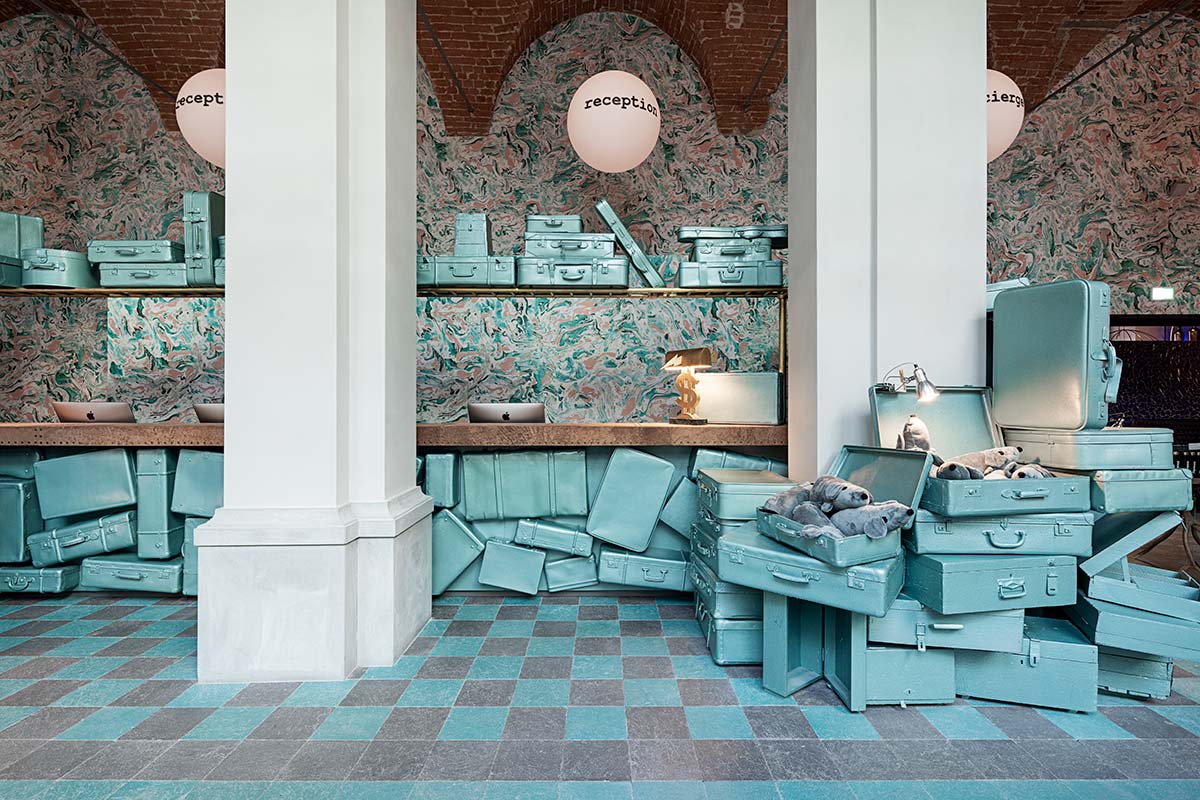
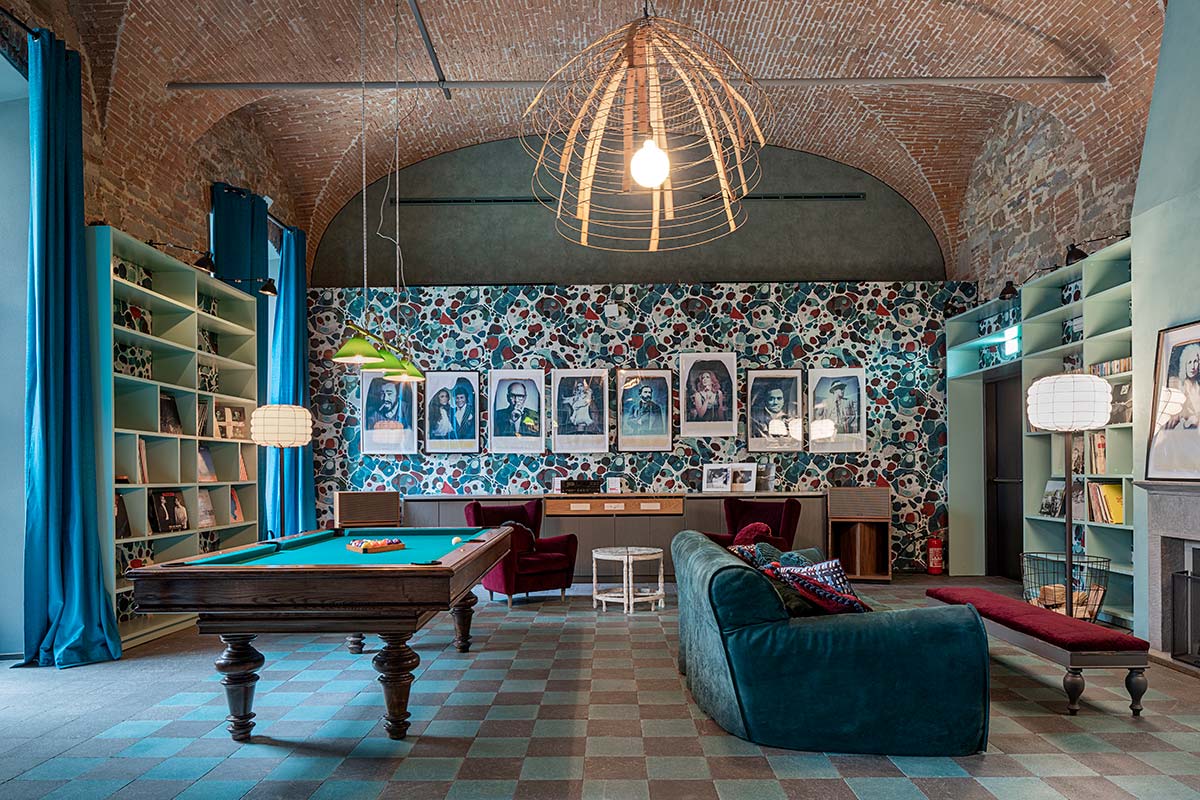
“I have known Christoph Hoffman, who created the 25Hours brand, for over 10 years. What immediately struck me was the ‘disruptive’ design approach with which 25hours’ places were conceived, which was very close to my own,” says the designer. “Each project is unique, a white canvas on which to build a memorable, immersive, fun experience tied to the city hosting you.”

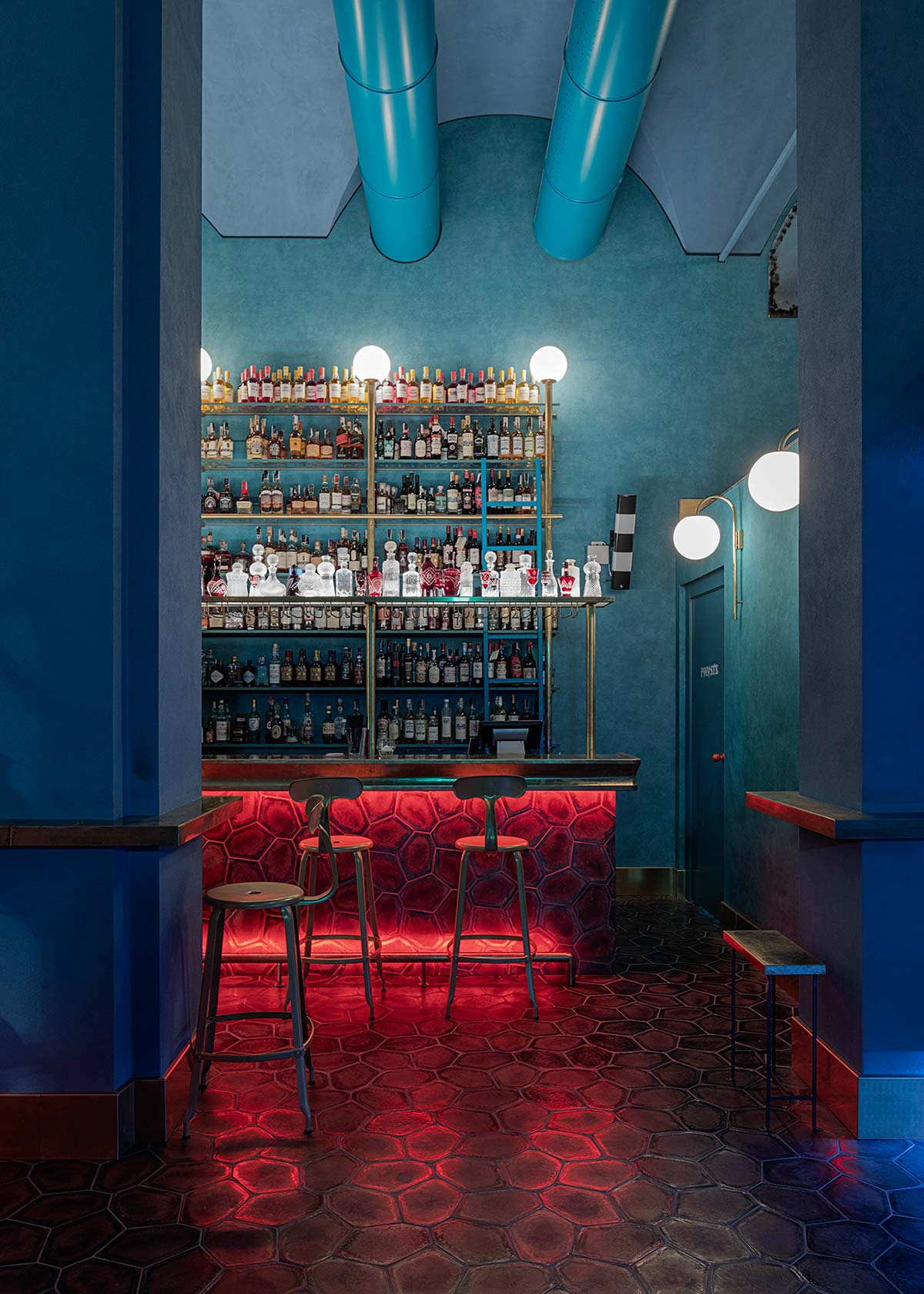
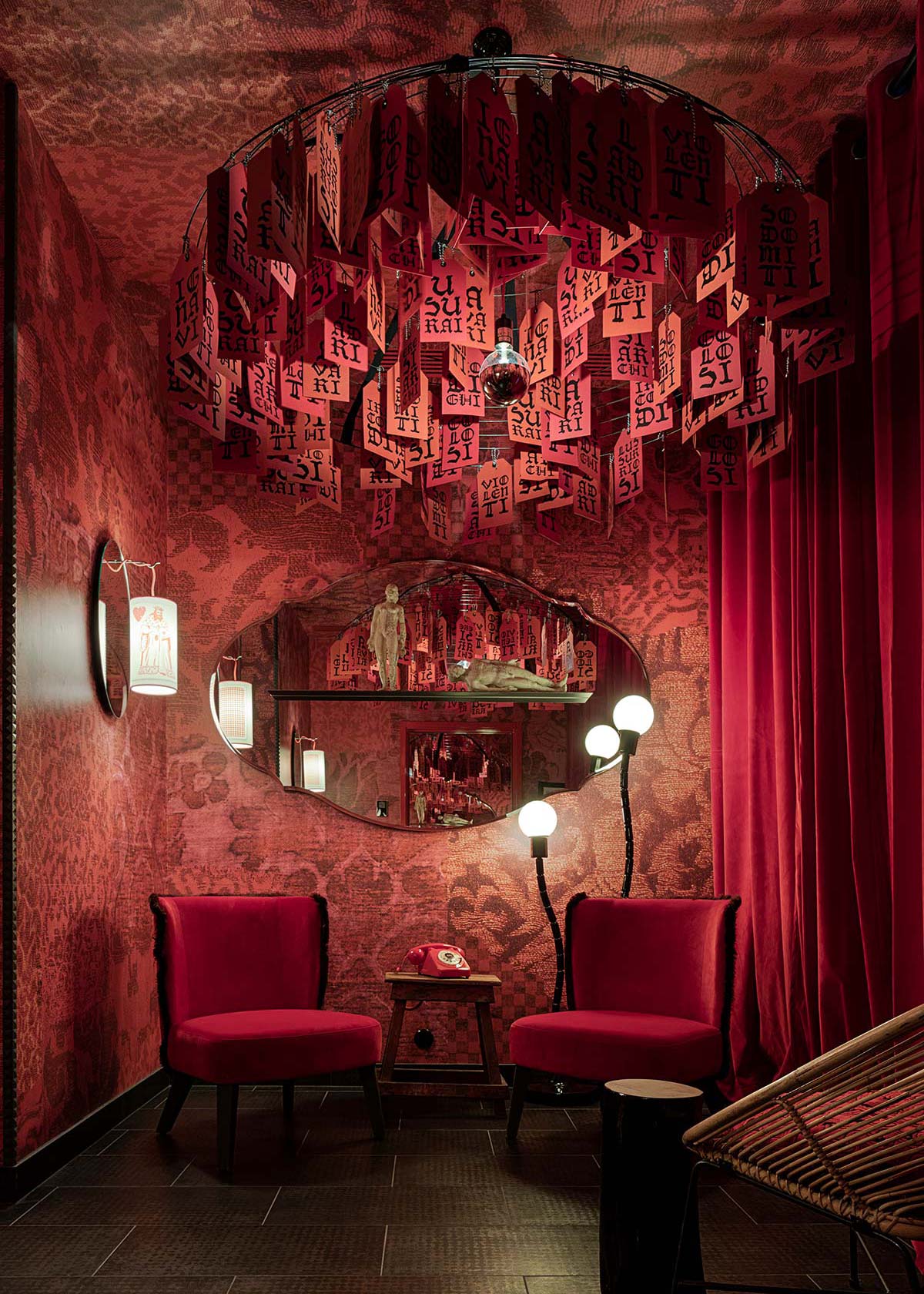
Navone’s distinctive taste for the theatrical use of color and fascination with objects (often found ones) are expressed differently in each area, designed to meet the varied audiences that the hotel is catering to. One includes locals as well as it aims to take root in its Florentine setting as a place to dine, drink and gather, also spilling into the small San Paolino square.
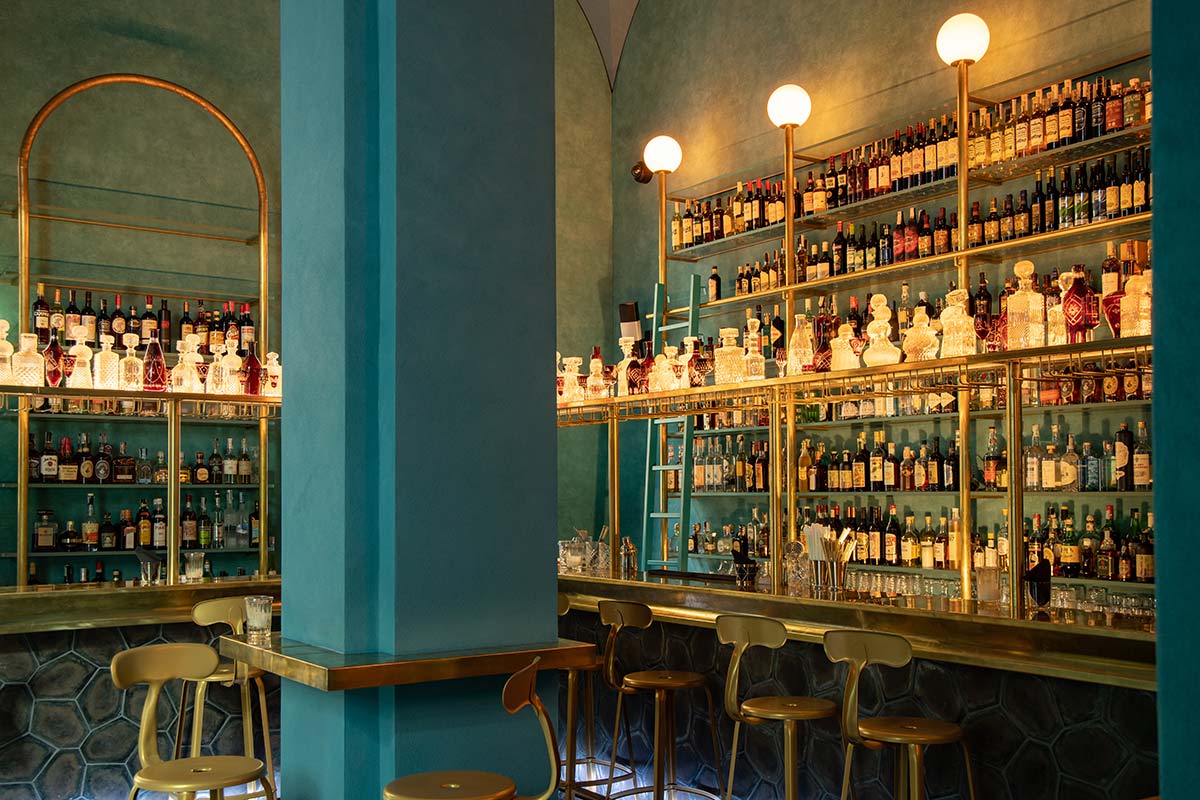

The heart of the project is the large central courtyard of the former Monte dei Pegni company, which was covered and enriched by a lush installation made with recycled fabrics by the Dutch artist Linda Nieuwstad. The lounge quickly has become a site for photoshoots, holding the reception, the Italian restaurant San Paolino, with a kitchen in full view and a Nomadic Shop with furnishings and accessories chosen or made by Paola Navone.
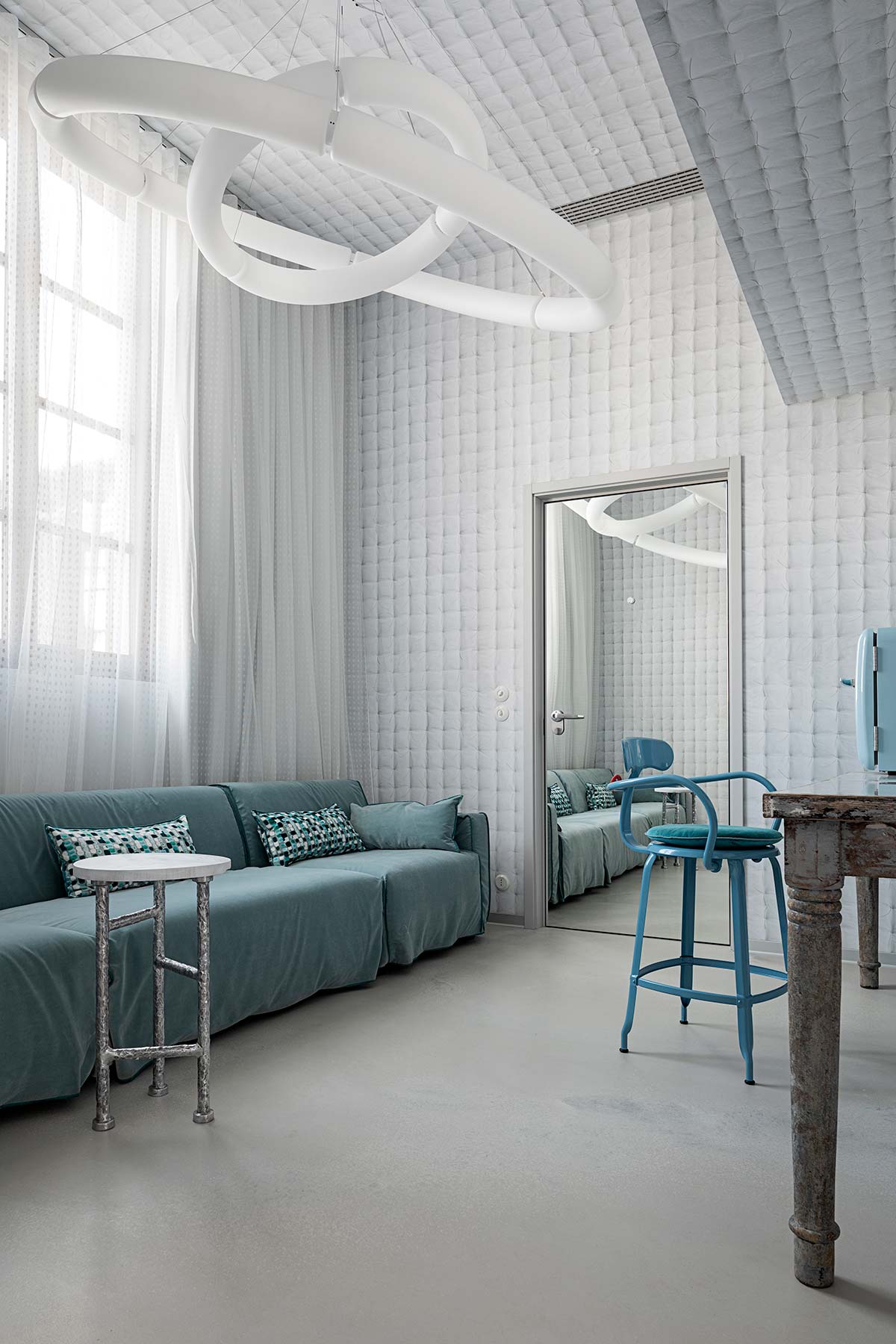
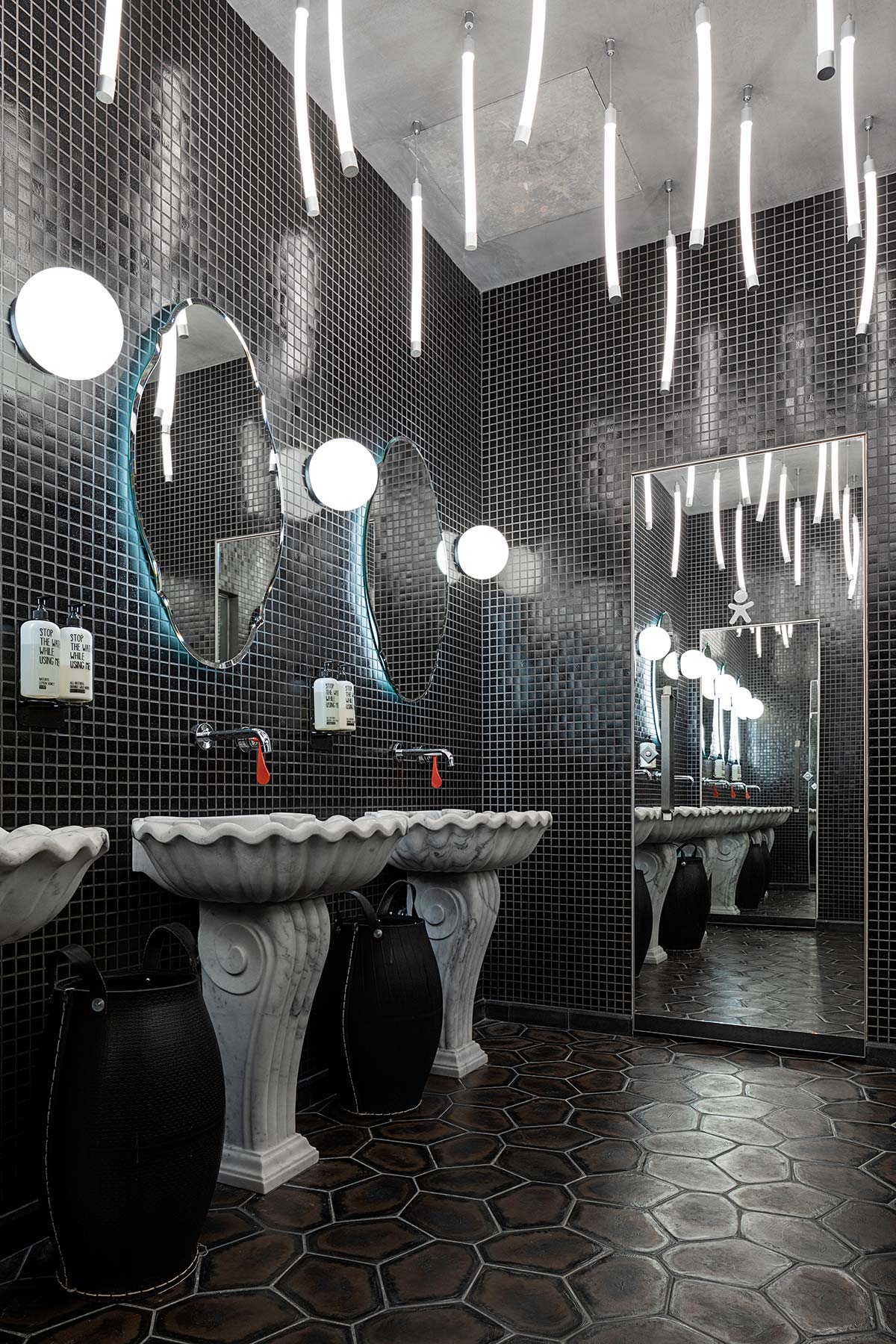

More secluded areas are gathered around the courtyard, including the Bacchus Room, which can be used for tastings or work meetings, a large bar/lounge area on an Aromatic Garden and areas that can be accessed externally, like the chic American bar Companion, with a Central European ambiance, and the ultra-Tuscan gourmet shop Alimentari.
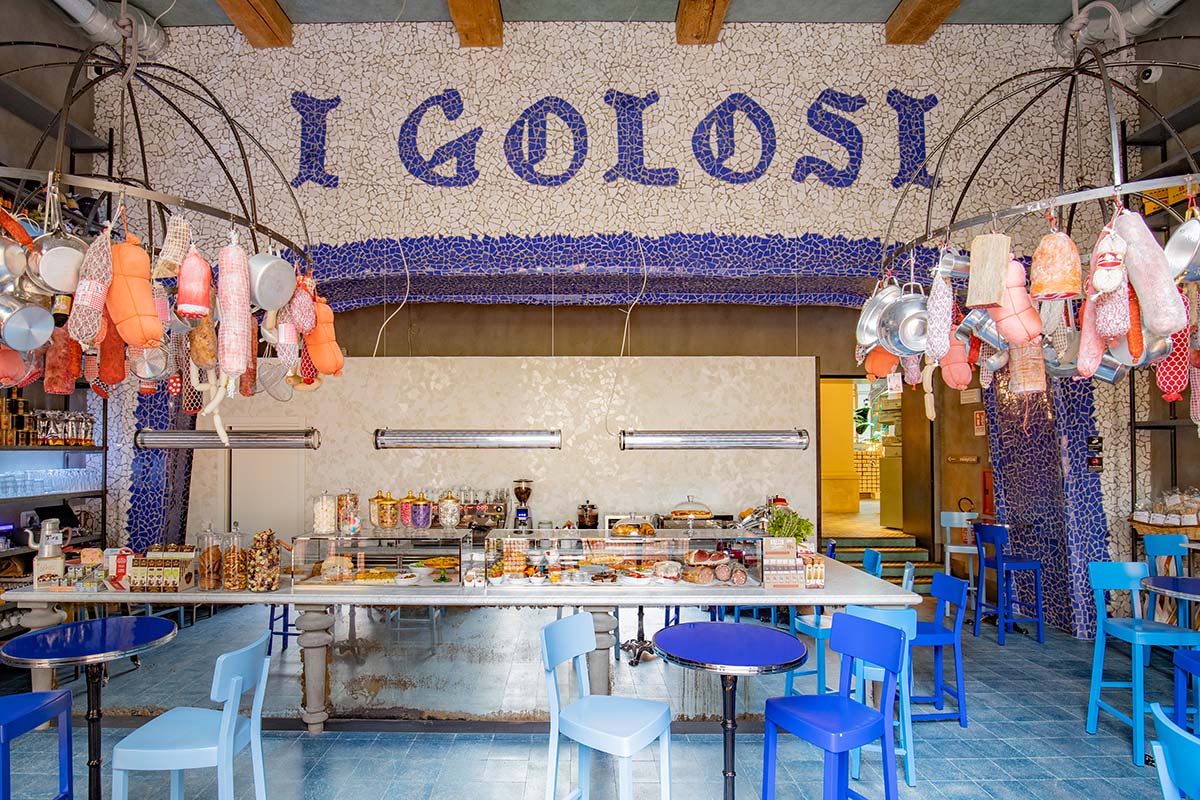
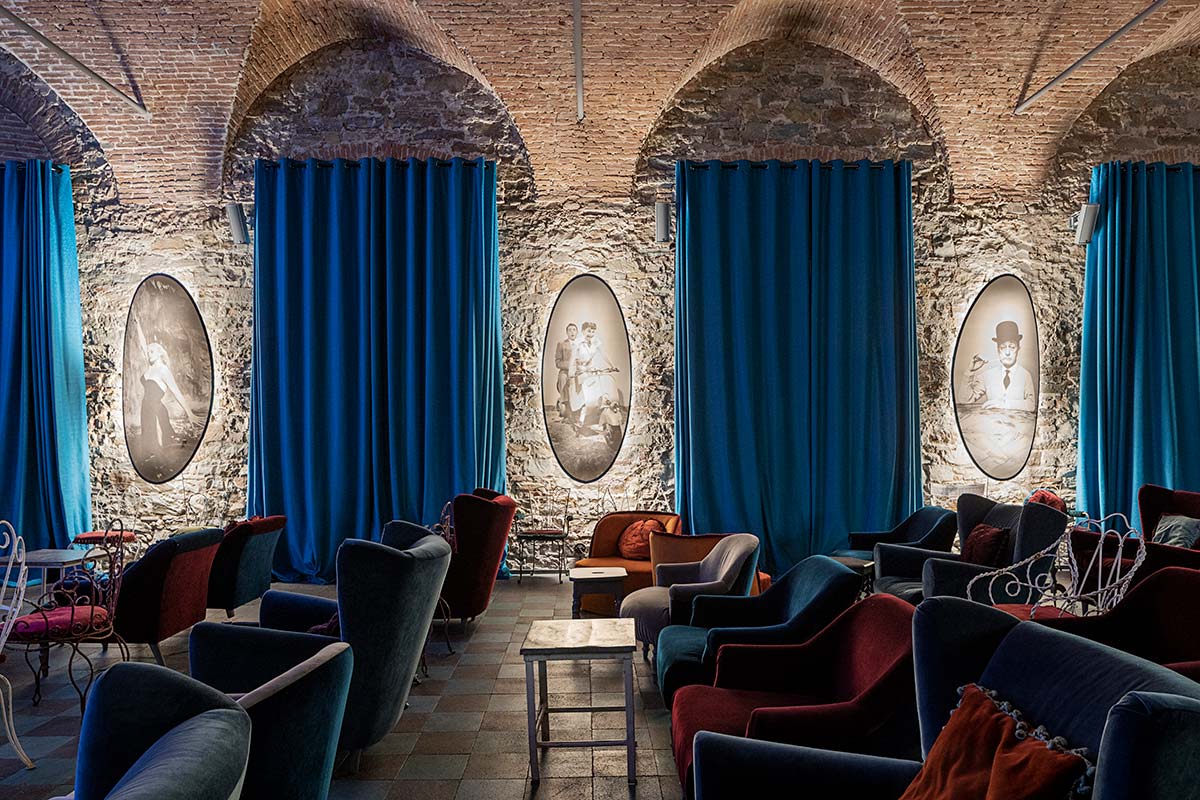
Though its 171 rooms are dedicated to the virtuous and the damned, some nonetheless have balconies and private gardens, and a roof loft is immersed in a Secret Garden with the welcome cooling off spot of a swimming pool. Other amenities include the Cinema Paradiso (of course!) and a library with billiards. The choice of furnishings, materials and details is informal but exclusive throughout, defined by custom pieces as well as craftsmanship and vintage style.
Navone explains, “The trick was to create a sum of many details that would together tell a cohesive story. And in a city like Florence, a forge of artisan genius, the challenge is bringing its great creative and manufacturing capacity into the project was all the more exhilarating, forming an ongoing conversation, original and eclectic, between the concepts of interiors, design, and product making. This is a collection of Applied Arts 4.0 seen through the “paradigm of having no paradigms.”









